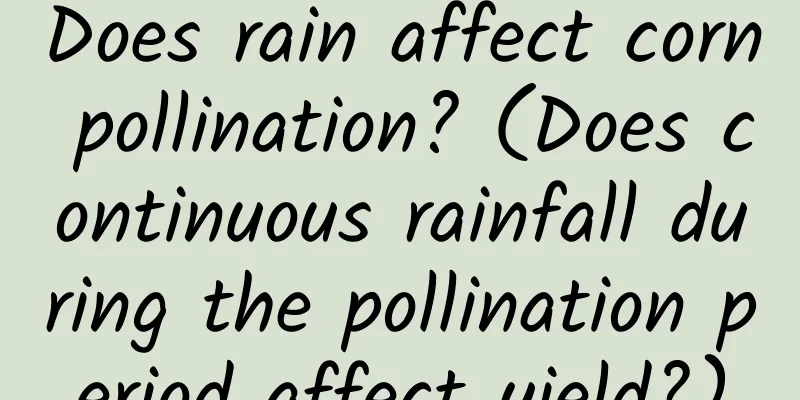How to water flowers correctly

What water is best to use?The water used for watering flowers should preferably be neutral or slightly acidic. The water that people usually use is river water, pond water, rain water, tap water or well water. Among these types of water, rainwater is the best, as it contains more natural substances and is most needed by plants. The second best is river water or pond water, which are rich in nutrients and have a mild nature. Pond water with a slightly yellowish-green color, in particular, contains a variety of nutrients. Unpolluted water from roadside ditches is also good water. Should the water used for watering flowers be exposed to the sun?It is best to water the flowers with magnetized water, rainwater, river water, or pond water. As long as the water temperature is close to the temperature of the potting soil, it can be used to water the flowers at any time. In winter, the water for watering the flowers needs to be placed in the sun for a while, or some warm water can be added to make the water temperature close to the temperature of the potting soil before using it to water the flowers. In addition, when watering flowers with tap water, it is best to first use a small water tank or basin bucket and place it in the sun for 2 to 3 days before use. This will allow some harmful impurities in the water to precipitate, and also allow the substances contained in the water to oxidize and purify, so that the temperature of the water is close to the temperature of the potting soil, not too cold or too hot. Is it okay to water flowers with tea water?Some flower growers often use tea water to water their flowers, thinking that this can add nutrients to the flowers and make them grow better. In fact, doing so is not only unhelpful to the flowers, but will cause certain harm. Because tea contains a lot of alkaloids, they will affect the flowers' absorption of organic nutrients in the soil; and tea leaves covering the surface of the potting soil will affect the soil's water infiltration and air permeability; in addition, tea leaves will also rot and mold, attract pests, which can be said to be harmful rather than beneficial. |
<<: How to judge whether flowers are lack of water
>>: Do-it-yourself breeding is fun
Recommend
Patchouli cultivation methods and precautions
How to cultivate Patchouli temperature Patchouli ...
How to grow blue snow flower in spring
1. Breeding conditions 1. Loam: It likes nutritio...
How many times a year does cyclamen bloom?
Growth habit First of all, cyclamen likes a warm ...
What is the reason for the rot spots on the leaves of Tiger Pilan
1. Too much watering Reason: The root system of S...
The efficacy and function of Dangshan pear
1. Protect the liver Dangshan pear contains a var...
What fertilizer should be used for hydroponic green radish and how to grow it to make it flourish?
1. What fertilizer to use Hydroponic green radish...
How can a novice grow hydrangea seedlings well (how to grow hydrangeas well at home)
How to grow hydrangeas well After we buy hydrange...
How to keep the maidenhair fern more vigorous?
The maidenhair fern , with its unique elegant pos...
What kind of plant is agave? Is agave an aloe vera?
1. What is the plant? It is a perennial plant of ...
How to save Milan flowers when they lose their leaves
1. Reasonable watering Reason: Milan cannot toler...
The growing environment and local conditions of Cineraria
Cineraria growth environment and conditions Ciner...
When is the best time to plant potatoes?
Potatoes are grown in all parts of China, but due...
Breeding methods and precautions of zebra evergreen
1. Breeding methods 1. Temperature It is really a...
What are the cultivation methods and precautions of wintersweet?
Growth habits of wintersweet Wintersweet generall...
These 6 flowers can grow into a waterfall in one year, saving you the trouble of curtains
Tsutsuga Iris is an annual herbaceous twining pla...









